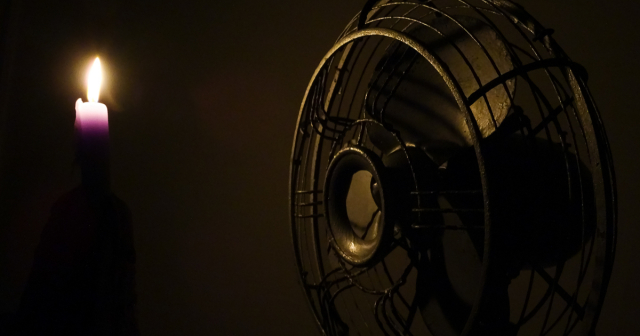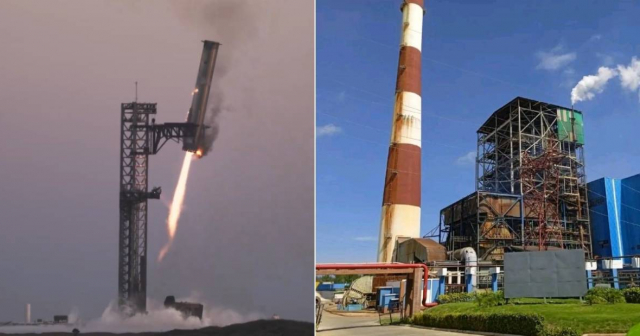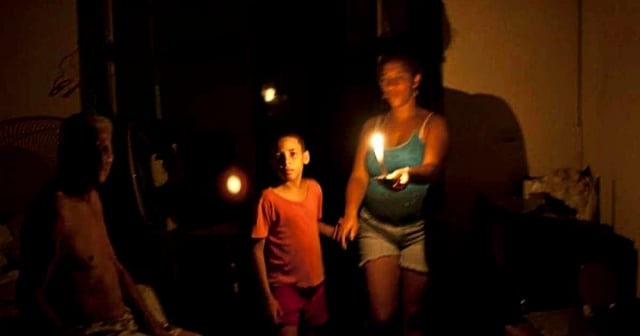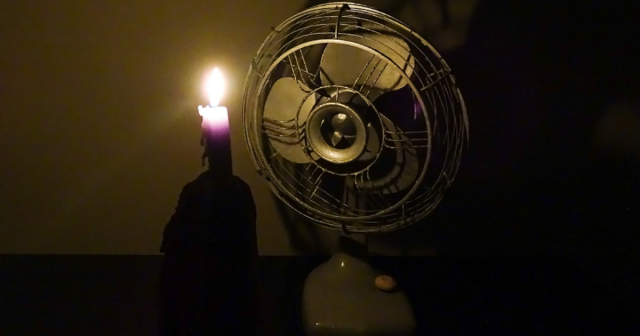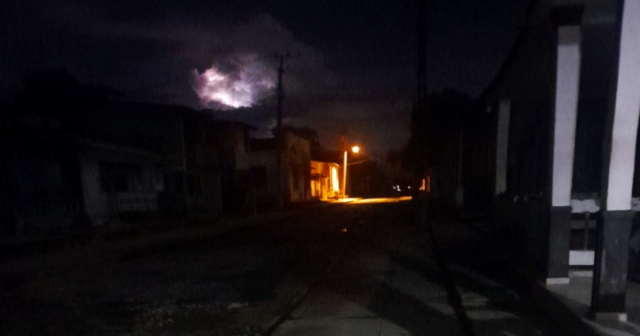
The departure of the national electroenergetic system (SEN) from the Cienfuegos thermoelectric plant will leave a complex outlook on electricity generation this Tuesday, which Cubans will see translated into greater "affectations" or blackouts.
The disconnection of the National Electric System (SEN) from the Carlos Manuel de Céspedes Thermal Power Plant (CTE) occurred "as scheduled" at 10 PM on Monday, according to the Cuban Electric Union (UNE) on its social media.
"At 10:02 PM on Monday, October 14, the Cienfuegos Thermoelectric Power Plant was taken offline from the national electric system to carry out the scheduled and necessary maintenance on unit 4," reported the state-owned company on Facebook.
Despite claiming that it is a "planned maintenance," the company led by Alfredo López Valdés reported the disconnection 15 hours after it occurred.
However, the UNE insists that its clients must "stay informed through our institutional profile and the official communication channels of the country about the progress of this important and urgent process."
At the end of August, the Antonio Guiteras thermoelectric plant in Matanzas went offline from the national electrical system (SEN) due to a "problem" with the so-called oil control, just two months after its previous synchronization.
The disconnection, initially expected to last 24 hours, extended for more than three days, following unsuccessful attempts to synchronize the giant plant with the national grid. "The issue with the regulation of the turbine valves could not be resolved at this time," reported the official journalist José Miguel Solís.
Due to the difficulties in its start-up, the management of the largest generating plant in the country said that seven days would be needed to continue the repair work, during which time the technicians would take advantage of "every minute to work on the cleaning and maintenance of other equipment that also needs it."
Finally, the Guiteras re-synchronized with the SEN within five days after the breakdown that left it out of service was repaired.
The Cuban regime continues with its "strategy."
"We need to provide power to our population before the end of the year," said the Cuban leader Miguel Díaz-Canel in mid-September during the extraordinary plenary session of the Provincial Committee held in Sancti Spíritus.
"We have to present results. By the end of the year, we must achieve different results. We need to bring light to the lives of our population before this year ends," reaffirmed the leader appointed by General (r) Raúl Castro.
Pressed by the debacle of his administration, Díaz-Canel, the great strategist of repairs and maintenance of thermoelectric plants to "have a summer with fewer blackouts," promised to "bring light to the lives" of Cubans, but three days later the UNE reported that the energy situation in Cuba was going to worsen as seven thermoelectric units were out of service.
At the beginning of that month, the Minister of Energy and Mines, Vicente de La O Levy, acknowledged that the government's strategy to avoid blackouts in the summer had failed.
"The maintenance schedule was fulfilled, but we did not meet the planned hours. What happened? Along with the maintenance workload we had anticipated, there were significant impacts this semester concerning fuel," said De la O Levy.
A month later, De La O Levy acknowledged that the Cuban regime had no short or medium-term solution for the collapse of the SEN, and that blackouts would continue until 2025.
According to the Minister of Energy, the Díaz-Canel government was making a "great financial effort" to import fuels, but also to purchase the parts and supplies needed to solve the breakdowns of the country's obsolete thermoelectric plants, a "long-term" solution.
While the UNE tries to recover the generation potential of its old and dilapidated thermoelectric plants, it will increase availability according to the incorporation of new photovoltaic parks that it is beginning to install into the National Electric System, assured De la O Levy.
What do you think?
COMMENTFiled under:

